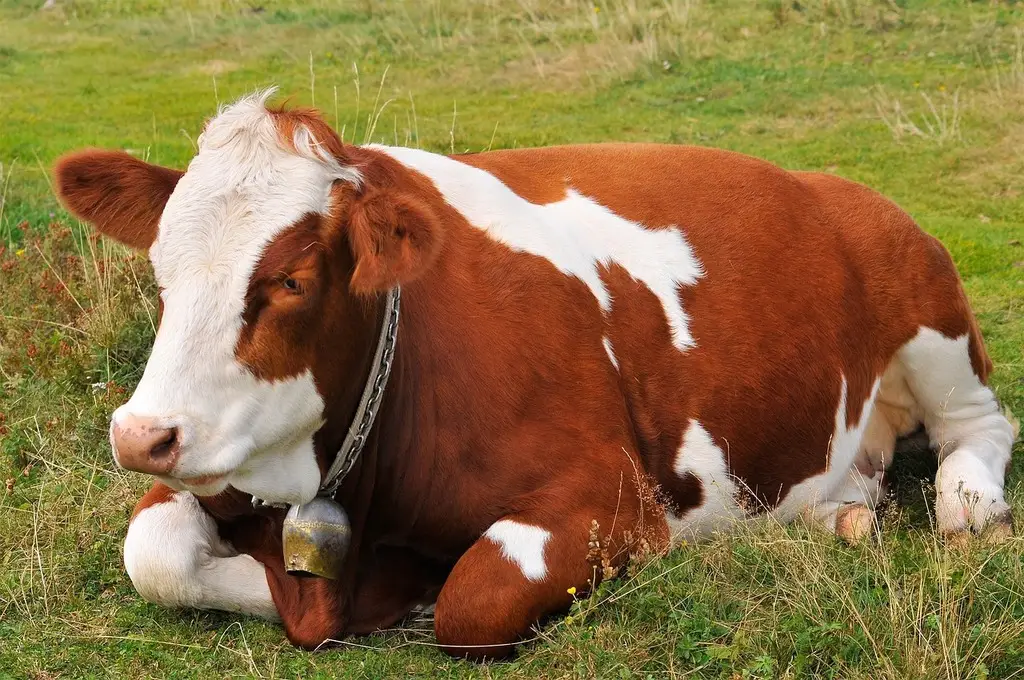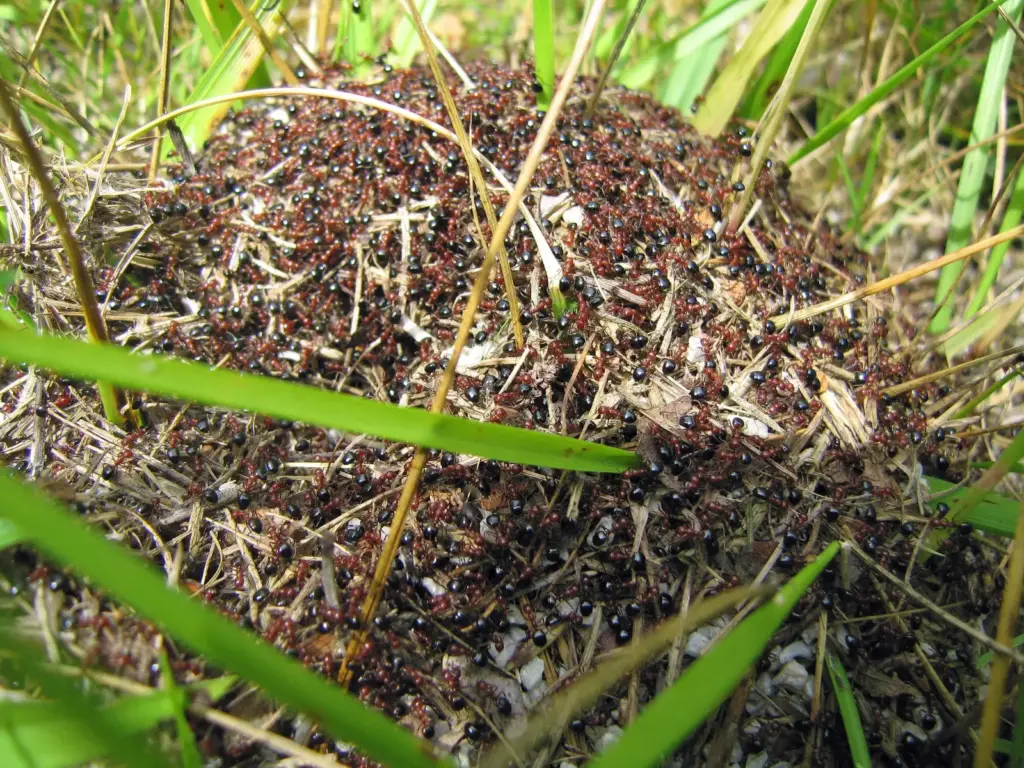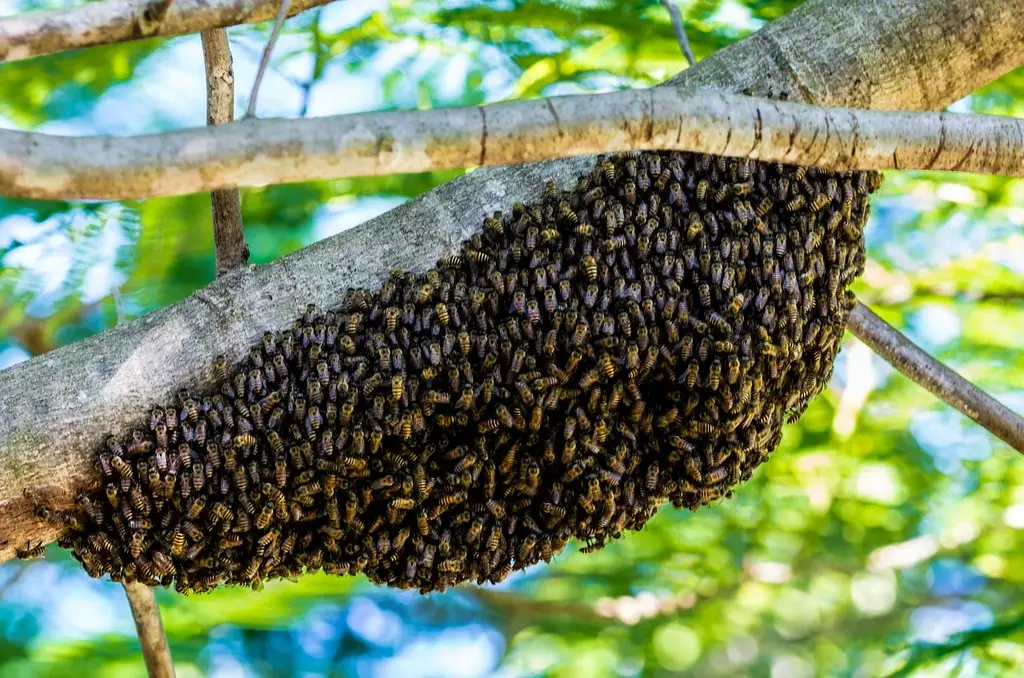1. Cows Lying Down Before Rain

One of the most widely known weather beliefs is that cows lie down when rain is on the way. Some suggest this behavior might be due to changes in air pressure or humidity, which affect their comfort. Others argue it’s simply a coincidence tied to their natural grazing habits or the need to conserve body heat. Interestingly, studies have explored this phenomenon, but results remain inconclusive. Farmers often observe their herds as a potential indicator of rain, claiming the consistency of this behavior aligns with wet weather forecasts. Some believe that cows lie down to keep a dry patch of grass available for grazing after the rain passes.
Additionally, cows may feel lethargic due to changes in the atmosphere, leading to prolonged periods of resting. According to The Dairy Alliance, cows lay down a lot. While it’s not a foolproof method, it’s a fun way to engage with nature. Next time you see a pasture of cows lying down, take note of the sky. It might just confirm this age-old belief.
2. Frogs Croaking Loudly

A frog’s croak is often thought to signal rain, a belief rooted in both folklore and observation. According to The Weather Channel, frogs are especially active in humid weather, which creates ideal conditions for reproduction and movement. Their loud calls are a way to attract mates, and the increased humidity enhances sound travel, making their croaks more noticeable. Many cultures have associated frogs with rain because they thrive in wet environments and are often heard just before or during a storm. Scientists speculate that frogs may sense atmospheric pressure changes, prompting them to become more vocal ahead of rainfall.
Some species are so attuned to their environment that their activity has been used as an ecological indicator of weather patterns. Additionally, wetlands and ponds amplify their sounds, adding to the perception that their croaking predicts rain. While not definitive, their behavior aligns closely with upcoming weather changes in many regions. So, if you hear a chorus of frogs, it’s worth keeping an umbrella handy. Their croaks might just be nature’s warning system.
3. Ants Building Higher Mounds

Ants have been observed building taller mounds before heavy rains, a behavior that has fascinated observers for generations. According to Thompson Exterminating, this activity is believed to protect their colonies from potential flooding by elevating the nest entrance. The reasoning behind this behavior may lie in their ability to sense moisture levels and changes in atmospheric pressure. As rain approaches, ants seem to work more diligently, reinforcing and raising their structures. Some scientists suggest that ants have a heightened sensitivity to humidity, which triggers their construction efforts.
Beyond weather prediction, this behavior also serves as a survival mechanism, safeguarding their colonies from water damage. Observing ant mounds in your yard or garden can provide clues about impending rainfall. If you notice an increase in their building activity, it could signal that wet weather is on the way. Although it’s not an exact science, it’s an intriguing example of how animals adapt to environmental cues. Watching ants prepare for rain can deepen our appreciation for their resourcefulness and instincts.
4. Birds Flying Low

“Birds flying low, rain we shall know” is an old saying that stems from birds’ behavior during atmospheric changes, as discussed by The Old Farmer’s Almanac. When air pressure drops before a storm, it becomes harder for birds to fly at high altitudes due to thinner air. This forces them to swoop closer to the ground, where the air is denser and easier to navigate. Additionally, insects—a primary food source for many birds—tend to stay lower in the atmosphere during such conditions, drawing birds down as well. Some bird species are particularly sensitive to pressure changes, using them as cues to seek shelter ahead of storms.
Farmers and sailors historically relied on bird movements as a natural barometer, observing their flight patterns to anticipate weather changes. Watching birds can offer insight into subtle shifts in the environment, making them a valuable, albeit imperfect, predictor of rain. If you spot flocks of birds flying unusually low, it might be time to prepare for wet weather. Their movements reflect an instinctual response to the world around them, showcasing nature’s interconnectedness.
5. Cats Cleaning Their Ears

In folklore, cats cleaning behind their ears is often seen as a sign of approaching rain. While there is no scientific basis for this belief, it’s a behavior that has been noted for centuries in various cultures. Some speculate that cats might sense subtle changes in humidity or air pressure, prompting them to groom more frequently. Cleaning their ears could also be a way to remove discomfort caused by atmospheric shifts. Pet owners often observe their cats exhibiting unusual grooming habits before storms, reinforcing this belief.
According to The Old Farmer’s Almanac, cats are highly sensitive to vibrations and sounds, which might explain their heightened awareness before bad weather. Although this behavior is likely coincidental, it adds to the mystique of feline intuition. Watching your cat’s grooming routine could provide an amusing, if not entirely accurate, weather forecast. Whether or not it’s true, this belief highlights the deep bond between humans and their pets. Perhaps there’s more to their behavior than meets the eye.
6. Bees and Butterflies Disappearing

When bad weather is approaching, bees and butterflies often vanish, retreating to their hives or shelters. This behavior is thought to be a survival strategy, as these insects are vulnerable to heavy rain and strong winds. Bees, in particular, can sense drops in barometric pressure, which may prompt them to return to their hive early. Butterflies, too, seek refuge under leaves or in crevices to avoid being caught in storms. Observing the sudden absence of these pollinators can serve as an early warning sign of approaching rain.
Many gardeners and farmers have relied on this behavior to gauge weather patterns, noting the connection between insect activity and atmospheric changes. Interestingly, some studies suggest that bees can detect electromagnetic signals from thunderclouds, further enhancing their predictive abilities. While their disappearance may not always correlate with rain, it’s a fascinating example of how insects respond to environmental cues. Paying attention to their movements can provide insights into nature’s subtle rhythms.
7. Dogs Acting Restless

Dogs are thought to sense changes in atmospheric pressure and even detect distant thunder through their keen hearing. Restlessness, whining, or seeking shelter can sometimes indicate a storm is coming. Many dog owners have reported unusual behavior in their pets before severe weather, such as pacing or hiding in enclosed spaces. Some researchers believe dogs’ heightened sensitivity to pressure changes and vibrations enables them to anticipate storms. Additionally, the static electricity that builds up before a thunderstorm may cause discomfort, prompting them to seek grounding.
Dogs’ acute senses make them attuned to environmental shifts that humans might overlook. Observing their behavior can provide clues about impending weather, especially in areas prone to sudden storms. While not all dogs react the same way, their responses often align with atmospheric changes. If your dog seems unusually anxious or clingy, it might be time to check the weather forecast. Their instincts are a reminder of the incredible ways animals interact with the natural world.


